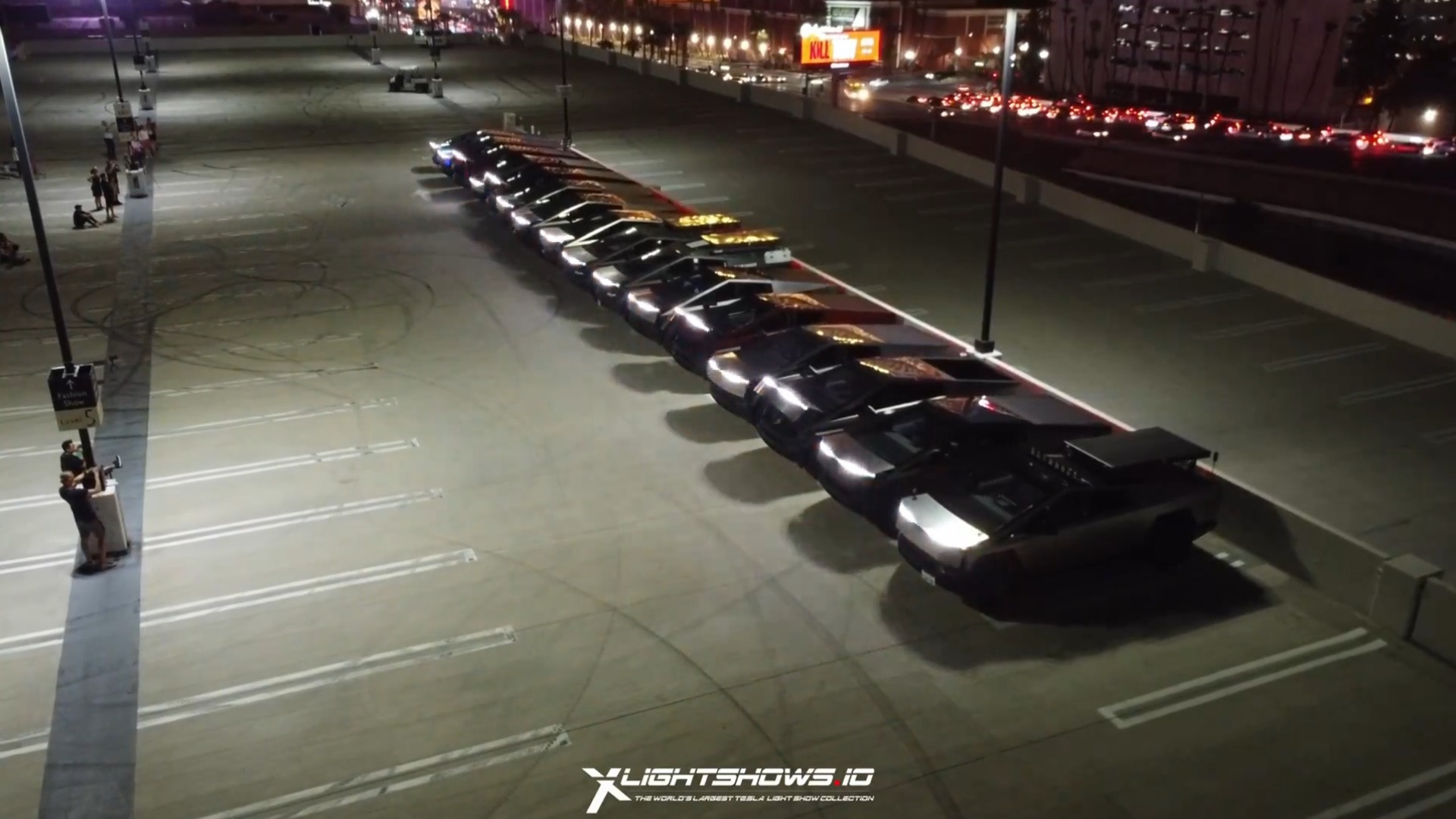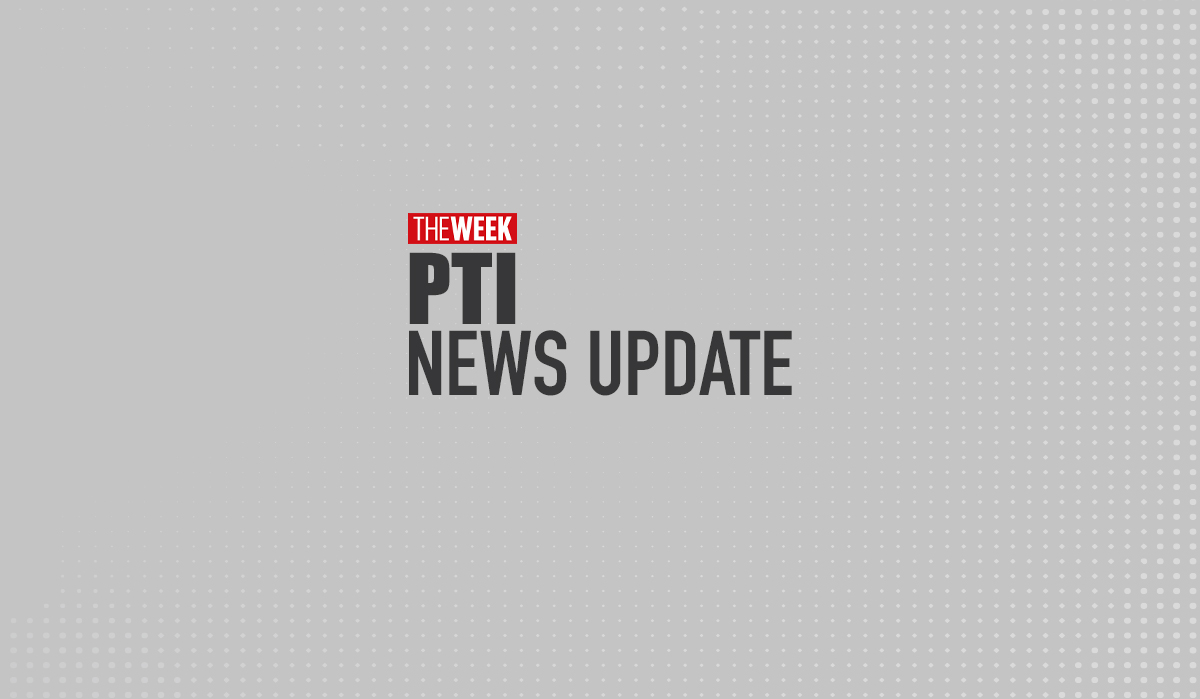
The board of the National Broadcasting and Telecommunications Commission (NBTC) has unanimously approved a draft of spectrum reallocation rules to support the commercial aviation industry to ensure greater practical usage of spectrum in line with global standards and safety requirements. NBTC commissioner ACM Thanapant Raicharoen said the draft represents a reform in the use of the aviation frequencies. It aims to improve the system of requesting permission to use the frequencies to make it fall in line with international standards and ease the complicated frequency management regarding the aviation system.
The draft will be presented in a public consultation process within the next 30 days before it is announced in the Royal Gazette. The highlights of the draft include a reference to the frequency allocation on commercial flight routes by specifying the use of frequencies according to international agreements. Currently the 2850-22000KHz and 117.

975-137MHz bands are used for commercial satellite communications, in accordance with the regulations of the International Telecommunication Union (ITU) and the 1944 International Civil Aviation Convention (ICAO). In addition, the draft covers the use of frequencies for flight assistance systems such as radar and emergency radio systems. Currently the 121.
5MHz and 243MHz bands are used for emergency communications, and the 9000-9500MHz bands are used for weather radar. Moreover, the draft stipulates interoperability frequencies, designing the share usage of certain frequencies. This means that relevant agencies can use the same frequencies without being limited to a single agency in order to provide flexibility in usage and comply with international regulations.
ACM Thanapant added that the draft also defines some usage related to which frequencies are used for non-commercial flights and satellite communications. The usage must be in accordance with the national frequency schedule. "Frequencies for drone use in the country will also be covered in this draft," he said.
He said the key challenge is to make all parties adjust their operations in compliance with the new regulations and develop infrastructure to support satellite orbits, which will help Thailand compete effectively in the global market..










